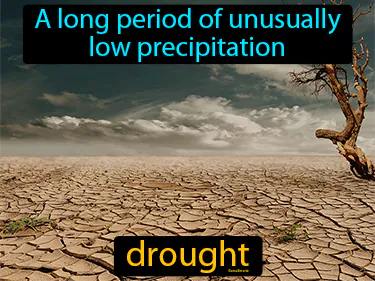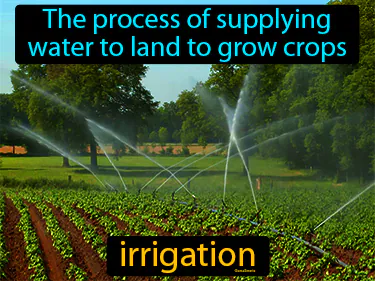Early Farmers and City Dwellers
History
Abu Hureyra
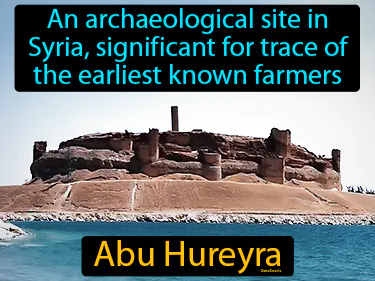
An archaeological site in Syria, significant for trace of the earliest known farmers. Abu Hureyra. Abu Hureyra is where some of the first people began farming thousands of years ago.
agriculture
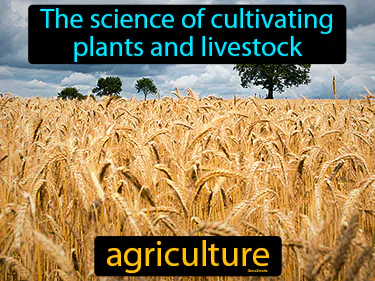
The science of cultivating plants and livestock. Agriculture. Agriculture is the practice that allowed humans to settle down and build civilizations by growing food and domesticating animals.
barter economy
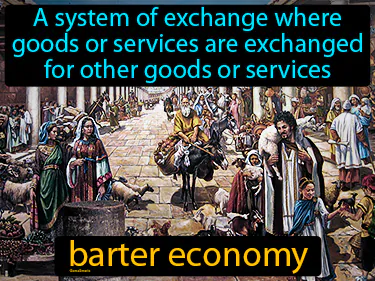
A system of exchange where goods or services are exchanged for other goods or services. Barter economy. In History, a barter economy is a way people traded items directly without using money.
Catalhuyuk
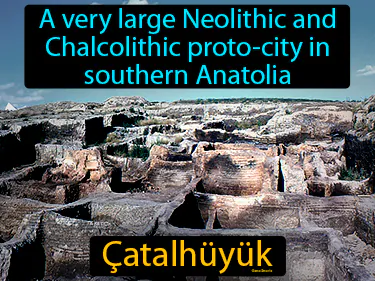
A very large Neolithic and Chalcolithic proto-city in southern Anatolia. Catalhuyuk. It is one of the earliest known urban settlements, showcasing early human organization and culture.
civilization
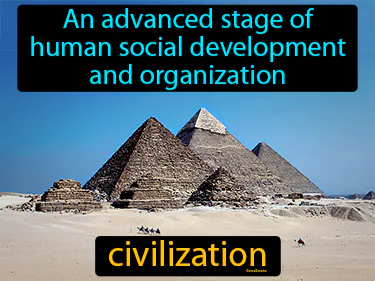
An advanced stage of human social development and organization. Civilization. Civilization is when people live together in organized communities with laws, culture, and institutions.
division of labor
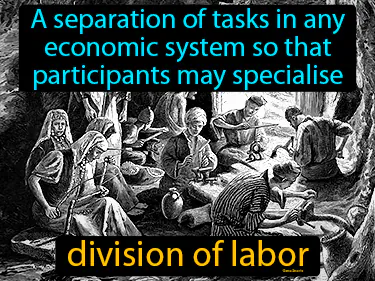
A separation of tasks in any economic system so that participants may specialise. Division of labor. In history, division of labor refers to people focusing on specific jobs to increase efficiency and productivity in society.
domestication
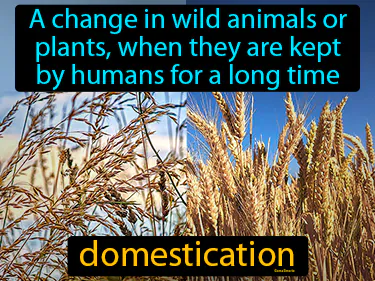
A change in wild animals or plants, when they are kept by humans for a long time. Domestication. In History, domestication is the process by which humans have tamed and cultivated animals and plants for their use and benefit.
government
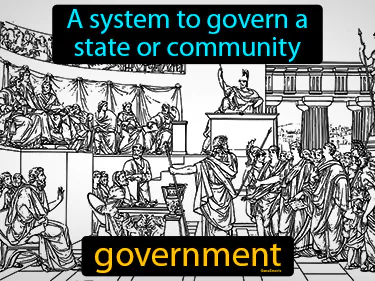
A system to govern a state or community. Government. In history, a government is an organization that makes and enforces rules and laws for a society.
Jarmo
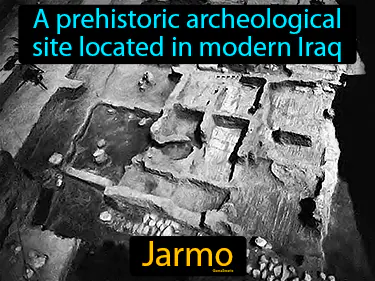
A prehistoric archaeological site located in modern Iraq. Jarmo. Jarmo is one of the earliest known farming villages in the world, indicating the shift from nomadic lifestyles to agriculture.
Jericho
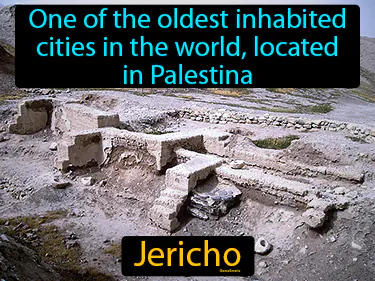
One of the oldest inhabited cities in the world, located in Palestina. Jericho is an ancient city known for its historical significance and archaeological sites.
livestock
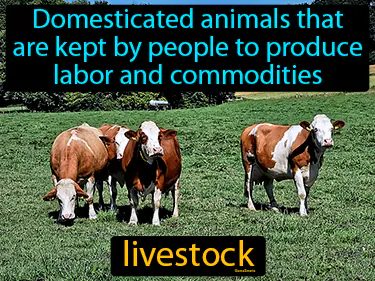
Domesticated animals that are kept by people to produce labor and commodities. Livestock. Throughout history, livestock has been used by humans for work, food, and clothing.
Mehrgarh
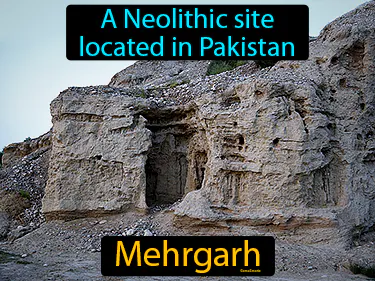
A Neolithic site located in Pakistan, Mehrgarh. Mehrgarh is one of the earliest known farming settlements in South Asia, dating back to around 7000 BCE.
merchant
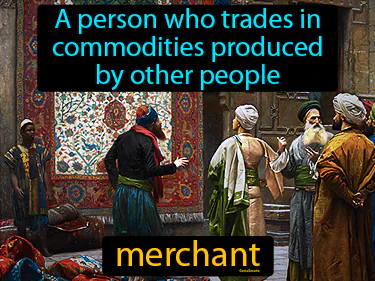
A person who trades in commodities produced by other people. Merchant. In History, a merchant is someone who buys and sells goods, often traveling between places, to earn a profit.
pastoral society
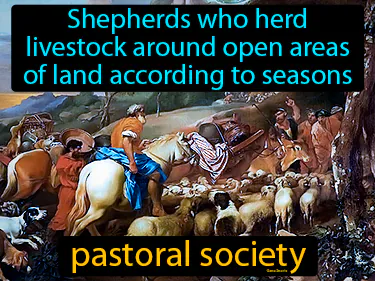
Shepherds who herd livestock around open areas of land according to seasons. Pastoral society. In history, a pastoral society is a community where people primarily rely on raising livestock for their livelihood.
plow
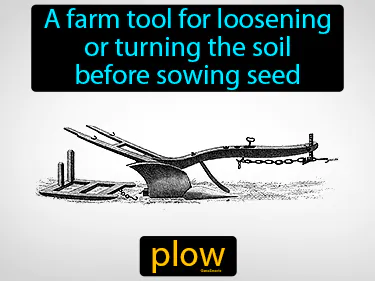
A farm tool for loosening or turning the soil before sowing seed. Plow. The plow revolutionized agriculture by making it easier to prepare land for planting crops.
slash and burn
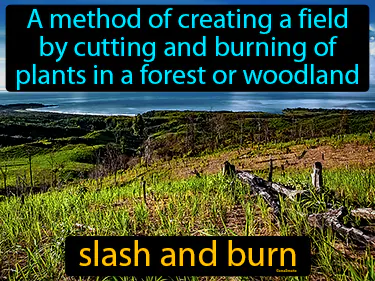
A method of creating a field by cutting and burning of plants in a forest or woodland. Slash and burn. This is an ancient agricultural technique used by various cultures to clear land for farming.
social class
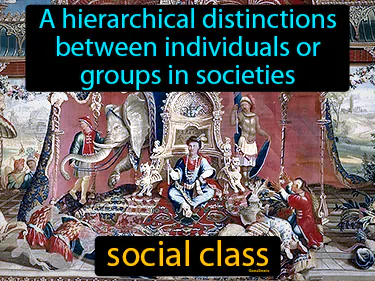
A hierarchical distinction between individuals or groups in societies. Social class. Social class refers to the division of people in society based on factors like wealth, occupation, and education throughout history.
subsist
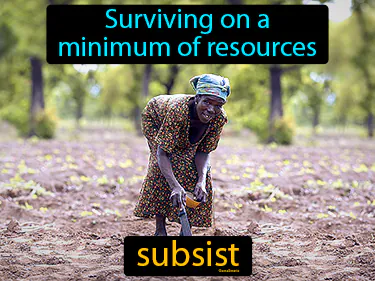
Surviving on a minimum of resources. Subsist. In history, to subsist means to live with only the essentials, like how early humans relied on hunting and gathering.
surplus
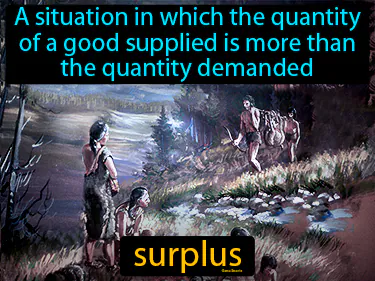
A situation in which the quantity of a good supplied is more than the quantity demanded. Surplus. In history, surplus often led to trade and the growth of civilizations as communities produced more goods than they needed for themselves.
Syrian Desert
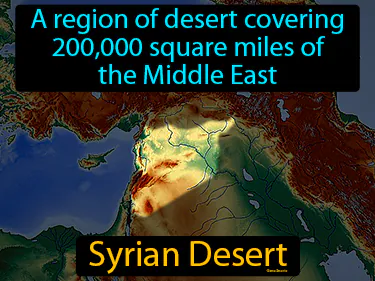
A region of desert covering 200,000 square miles of the Middle East. Syrian Desert. Historically, the Syrian Desert served as a trade route linking various ancient civilizations.
taxation
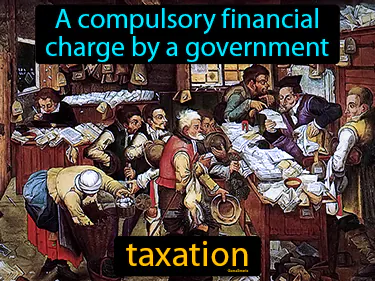
A compulsory financial charge by a government. Taxation. In history, taxation is when governments collect money from people to pay for public services and resources.
terrace
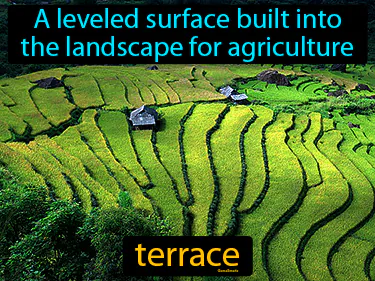
A leveled surface built into the landscape for agriculture. Terrace. In history, a terrace is a flat ledge carved into hillsides for farming, which ancient civilizations used to grow crops on steep terrain.
urban
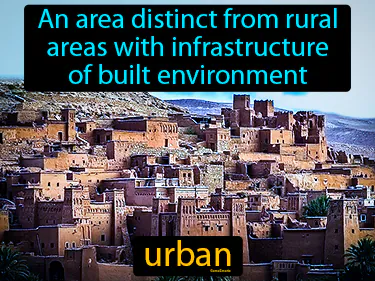
An area distinct from rural areas with infrastructure of built environment. Urban. Urban refers to regions characterized by high population density and vast human-built features, like cities, which have been important centers of trade and culture throughout history.
